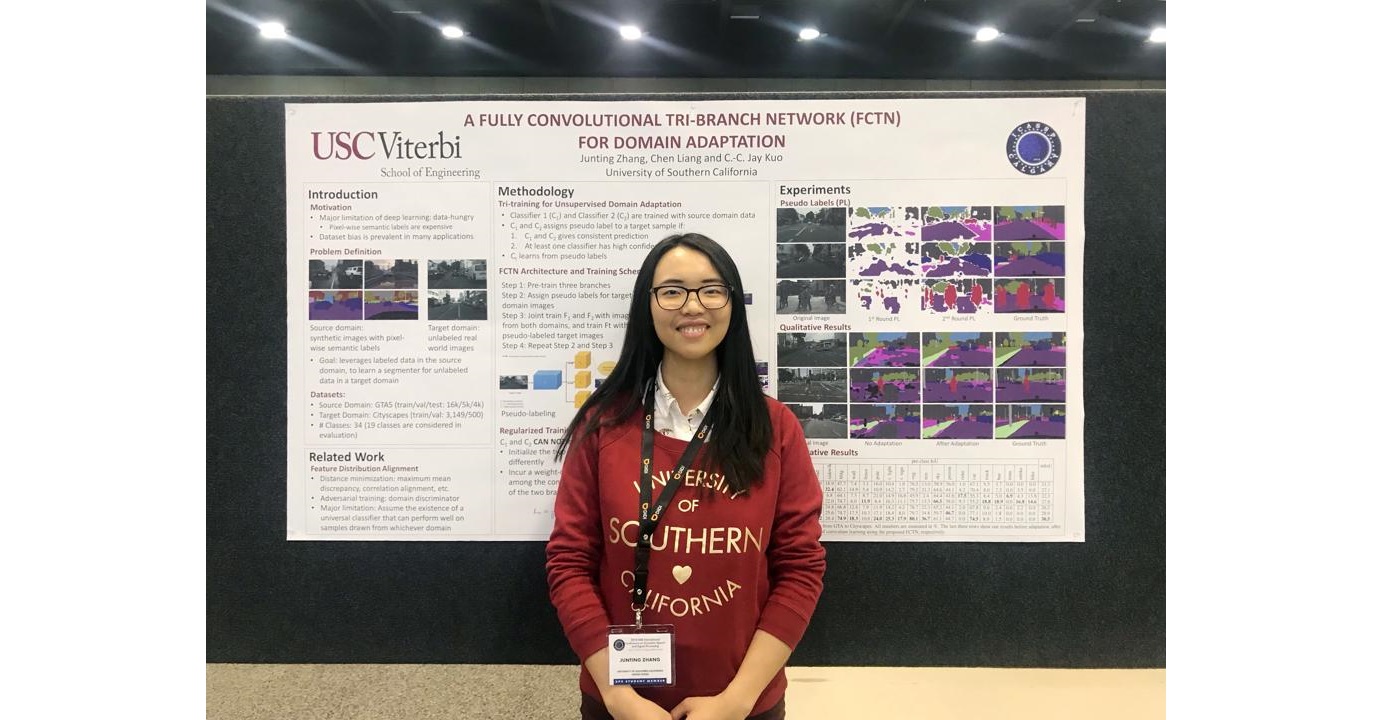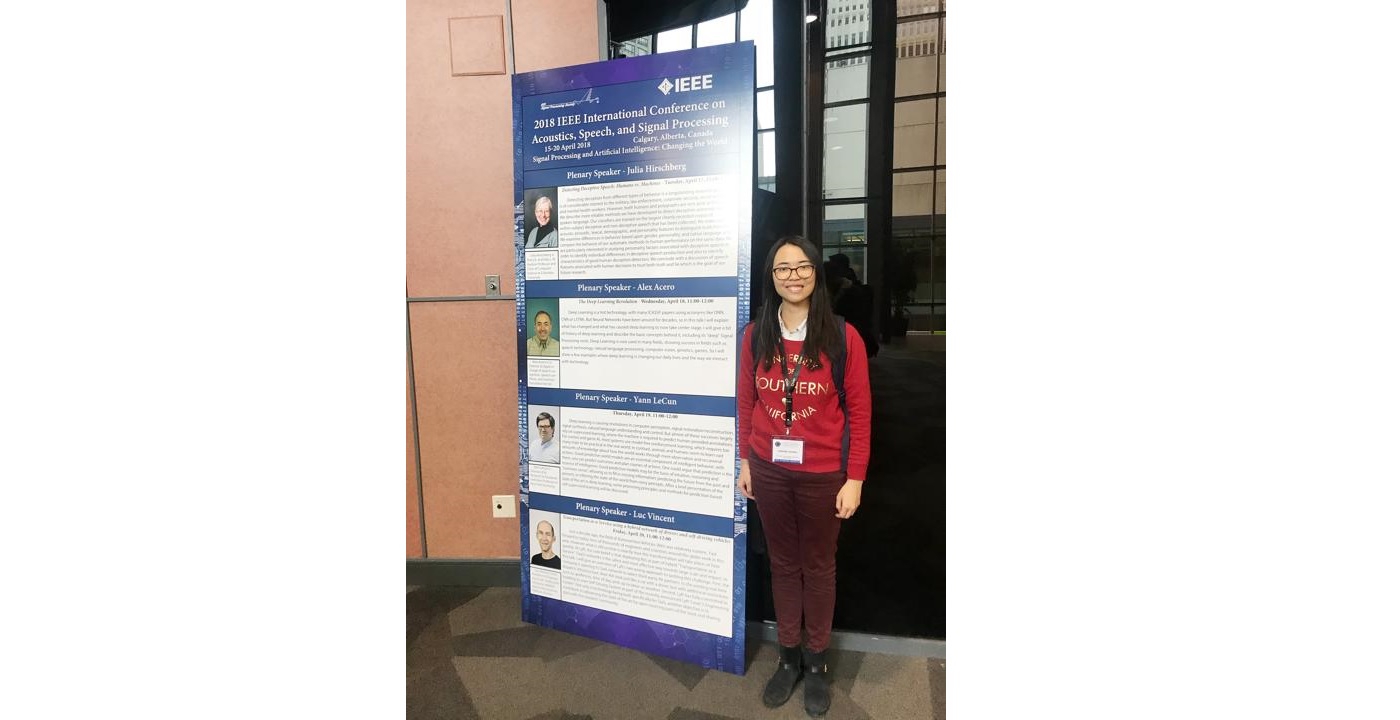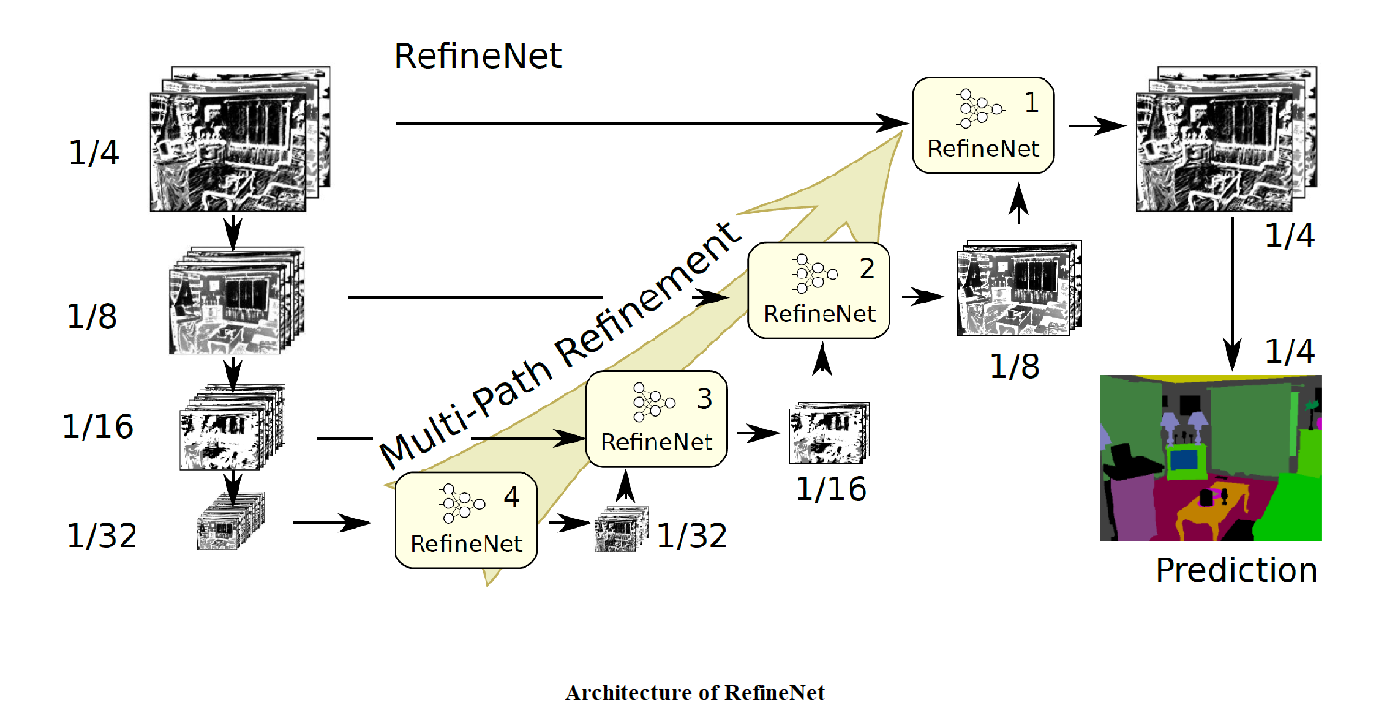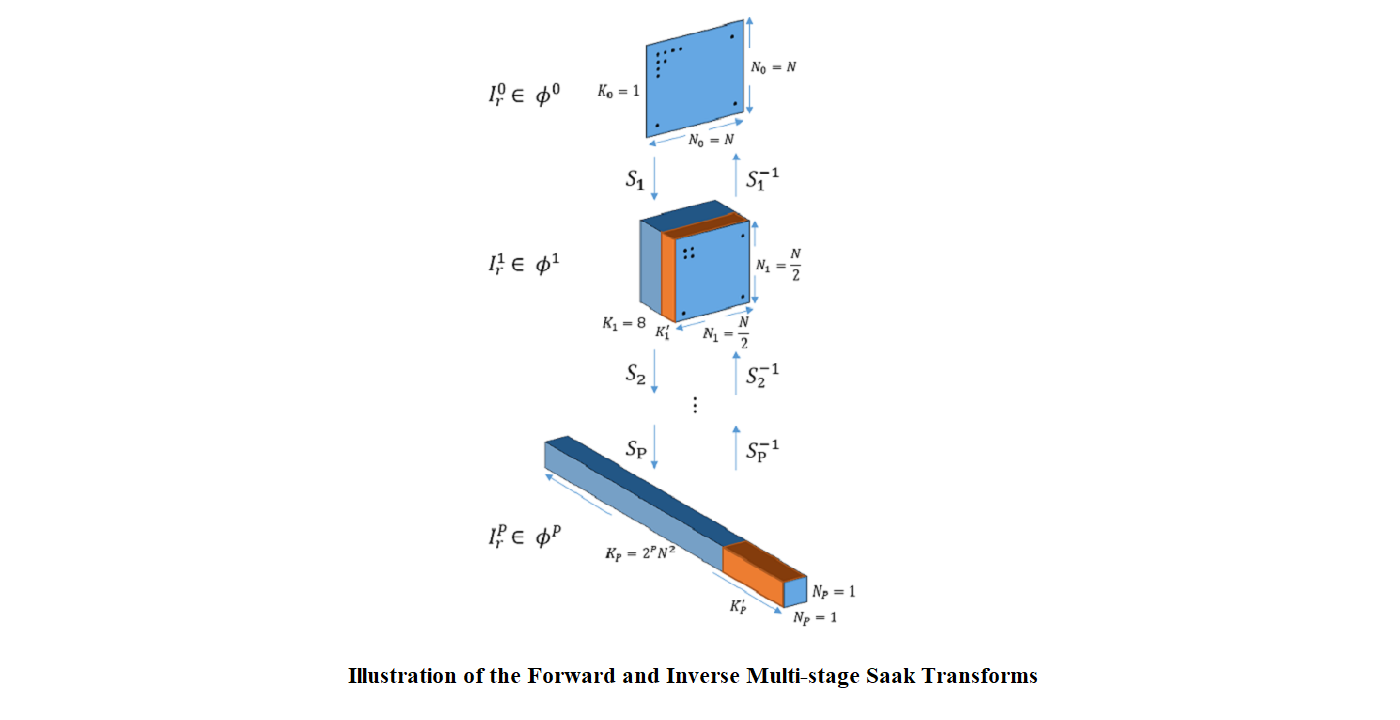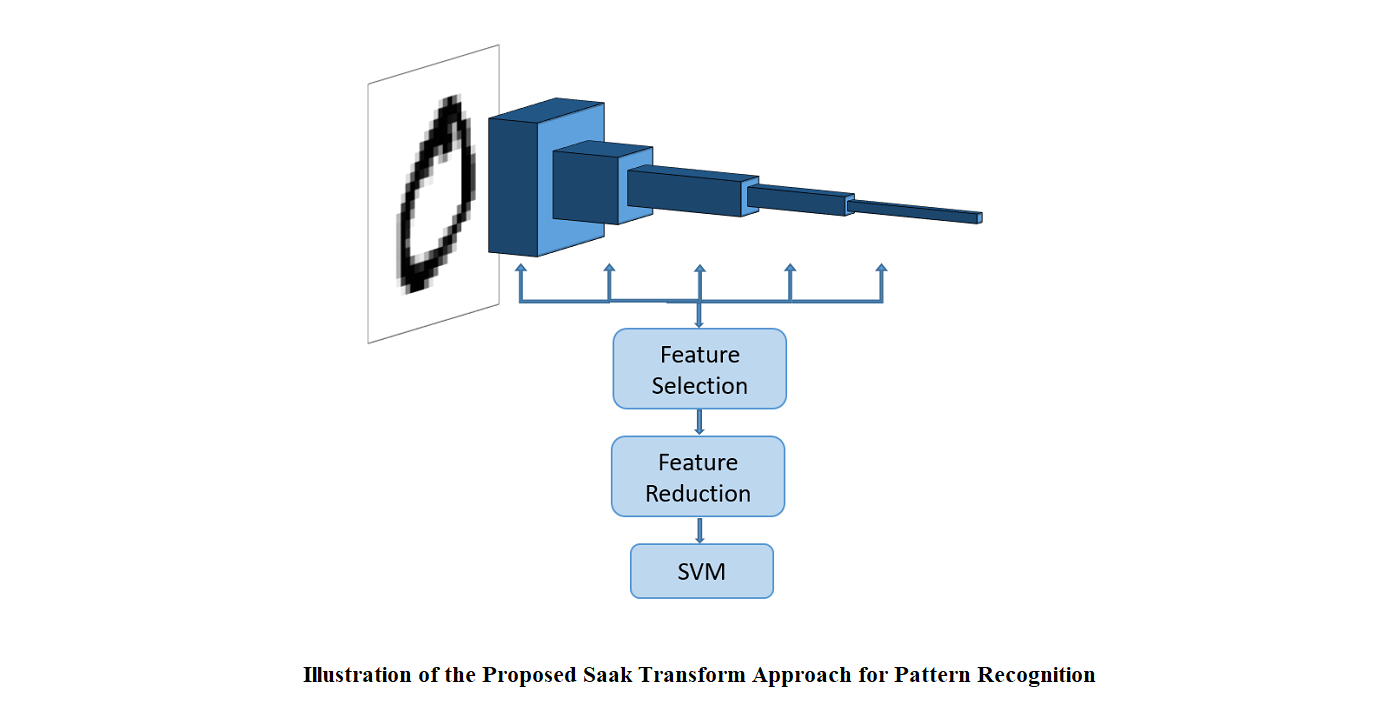MCL Research Presented at ICASSP 2018
During 15-20 April, 2018, MCL member Junting Zhang presented her paper at 2018 IEEE International Conference on Acoustics, Speech, and Signal Processing (ICASSP 2018) in Calgary, Alberta, Canada. The title of the paper is “A Fully Convolutional Tri-branch Network (FCTN) for Domain Adaptation”, with Chen Liang and C.-C. Jay Kuo as co-authors. Here is an abstract of the paper:
“A domain adaptation method for urban scene segmentation is proposed in this work. We develop a fully convolutional tri-branch network, where two branches assign pseudo labels to images in the unlabeled target domain while the third branch is trained with supervision based on images in the pseudo-labeled target domain. The re-labeling and re-training processes alternate. With this design, the tri-branch network learns target-specific discriminative representations progressively and, as a result, the cross-domain capability of the segmenter improves. We evaluate the proposed network on large-scale domain adaptation experiments using both synthetic (GTA) and real (Cityscapes) images. It is shown that our solution achieves the state-of-the-art performance and it outperforms previous methods by a significant margin. ”
Congratulations to Junting for her successful presentation at ICASSP!

